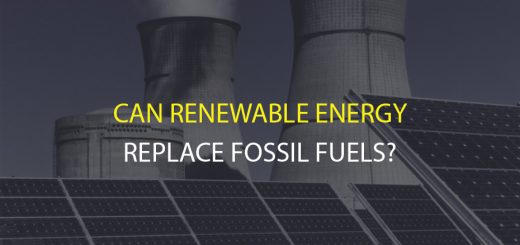Uplights vs Downlights: The Differences
The lighting fixtures you choose for your home and property play a huge role in how your surroundings look and feel but also have a practical purpose. Many of the terms in the lighting industry can be a bit confusing but here we’ll talk about two that are exactly what they sound like – uplighting and downlighting.
Understanding what is uplighting and what is downlighting is easy but understanding how to use them is a bit trickier. In short, uplights are all lighting fixtures that point their light upward. On the other hand, downlights are all fixtures that point their light downward. See – simple.
The main difference between uplights and downlights
But what are uplights best used for and what are downlights instead better for? The general difference between the two is that uplights create a more open and ambient feel while downlights give a more focused and welcoming light.
That’s because uplights shine their light either at the free-of-furniture ceiling or the open sky, so their light is less obstructed. Downlights, on the other hand, shine their light toward your floor and ground which are often cluttered with furniture. This makes downlighting more narrow and focused.
Uplighting vs Downlighting exterior house and property
How do these key differences translate to exterior lighting?
Exterior uplights are usually installed on or slightly above the ground level and are extra bright. They are used to emphasize certain parts of your property such as trees, architectural features, interesting landscaping designs, or anything similar.
Additionally, uplighting has the effect of giving your home and property a more grandiose feeling – it makes things look larger and greater than they are. Uplighting is also very good for creating shadows which add depth to your home’s exterior.
Exterior downlights are used for illuminating the ground level of your property as well as possible. This gives them an arguably more practical focus – they are better for security as well as for general safety. They are often used to illuminate pathways and stairs, as well as certain ground-level landscaping designs and ornaments.
Overall, exterior downlighting creates a smaller, warmer, and more comforting and welcoming feel for your property. It’s also great if you like outdoor social gatherings as it will give you perfect lighting from above.
Uplighting vs Downlighting interior
Most of the same principles apply when it comes to interior lighting as well.
Interior uplights will create more ambient lighting – if you have a larger indoor space with vast walls, good uplighting will make the most of it with its tall and wide beams of light.
Interior downlights, on the other hand, offer more focused lighting. They are not as good for larger spaces but are excellent for smaller spaces where you need more precise lighting.
In short – uplighting is great for living and dining rooms while downlighting is preferred for kitchens, desks, and other workstations.
Is a combination of both a good idea?
Absolutely! Uplighting and downlighting may be opposite but they don’t exclude each other. Depending on your exterior or interior needs you can easily use both – uplighting for general ambient light and downlighting for more focused lighting.



